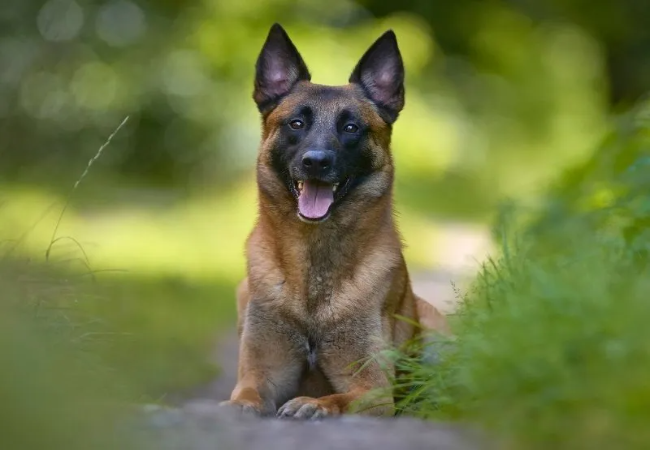Belgian Sheepdog 2025 Guide: Care, Training & Temperament 🐶✨

In this article
Belgian Sheepdog 2025 Guide: Care, Training & Temperament 🐶✨
By Dr. Duncan Houston BVSc
The Belgian Sheepdog, also known as the Groenendael, is one of the four types of Belgian Shepherd, distinguished by its long, luxurious black coat. Renowned for its intelligence, versatility, and strong work ethic, this breed excels in herding, obedience, agility, and protection—but it thrives only in active, committed homes.
History & Origins 📜
Developed in Belgium and first standardized in the late 19th century, the Groenendael was bred for herding and guarding livestock. The Belgian Shepherd Dog Club was formed in 1891, and the Groenendael variety was recognized by the AKC in 1912. These dogs later served in war roles as messengers and ambulance dogs.
Physical Traits & Coat
- Height: 22–26 in (55–66 cm); Weight: 45–75 lb (20–34 kg)
- Coat: Thick, double-layered in solid black—coarse outercoat with soft underlayer
- Features: Elegant posture, almond-shaped eyes, pointy, erect ears, bushy, plumed tail
Temperament & Personality 🧠
Groenendaels are alert, loyal, protective, and sensitive. They bond deeply with their families and can be reserved with strangers. Their strong work ethic makes them ideal for homes that match their energy and dedication.
Exercise & Enrichment 🏃♂️
These dogs need a minimum of 1–2 hours of vigorous exercise daily—including herding play, running, hiking, or dog sports. Without sufficient activity, they can become bored and destructive.
Training & Socialization 🎓
Highly trainable, Groenendaels respond best to firm, positive reinforcement. Early socialization is essential to build confidence and prevent reactive behaviors. Their intelligence makes them fast learners—but consistency is vital.
Grooming & Coat Care 🛁
- Brush 2–3× per week to prevent mats; daily during shedding seasons
- Monthly baths, regular ear cleaning, dental care, and nail trims
- Low drooling and minimal odor
Nutrition & Feeding 🍽️
- High-quality food suitable for large, active breeds
- Feed twice daily to reduce bloat risk
- Include joint-support supplements like glucosamine and omega-3s
- Adjust portions based on activity and body condition
Health & Veterinary Screening 🩺
Lifespan is 12–14 years. Regular screenings should include:
- Hip and elbow evaluations
- Eye exams for cataracts and PRA
- Routine wellness checks and dental exams
Living Environment & Compatibility 🏠
- Prefer homes with secure yards and regular activity
- Good with children and other pets if socialized early
- Not suitable for apartment life without ample daily activity
- Strong watchdog instincts; may bark to alert family
Pros & Cons Summary
| Pros ✅ | Cons ⚠️ |
|---|---|
| Intelligent, loyal, hardworking | High energy bursts and strong needs |
| Highly trainable and versatile | May be wary or vocal without socialization |
| Beautiful coat and striking presence | Regular grooming is needed to prevent mats |
| Excellent family and working dog | Need experienced owners to lead |
Final Thoughts from Dr Duncan Houston BVSc
The Belgian Sheepdog (Groenendael) is a stunning, intelligent, and loyal companion that thrives with structure, engagement, and purpose. With rich training, consistent activity routines, and personalized vet guidance via Ask A Vet, this breed becomes a trusted and dynamic partner for devoted families.






